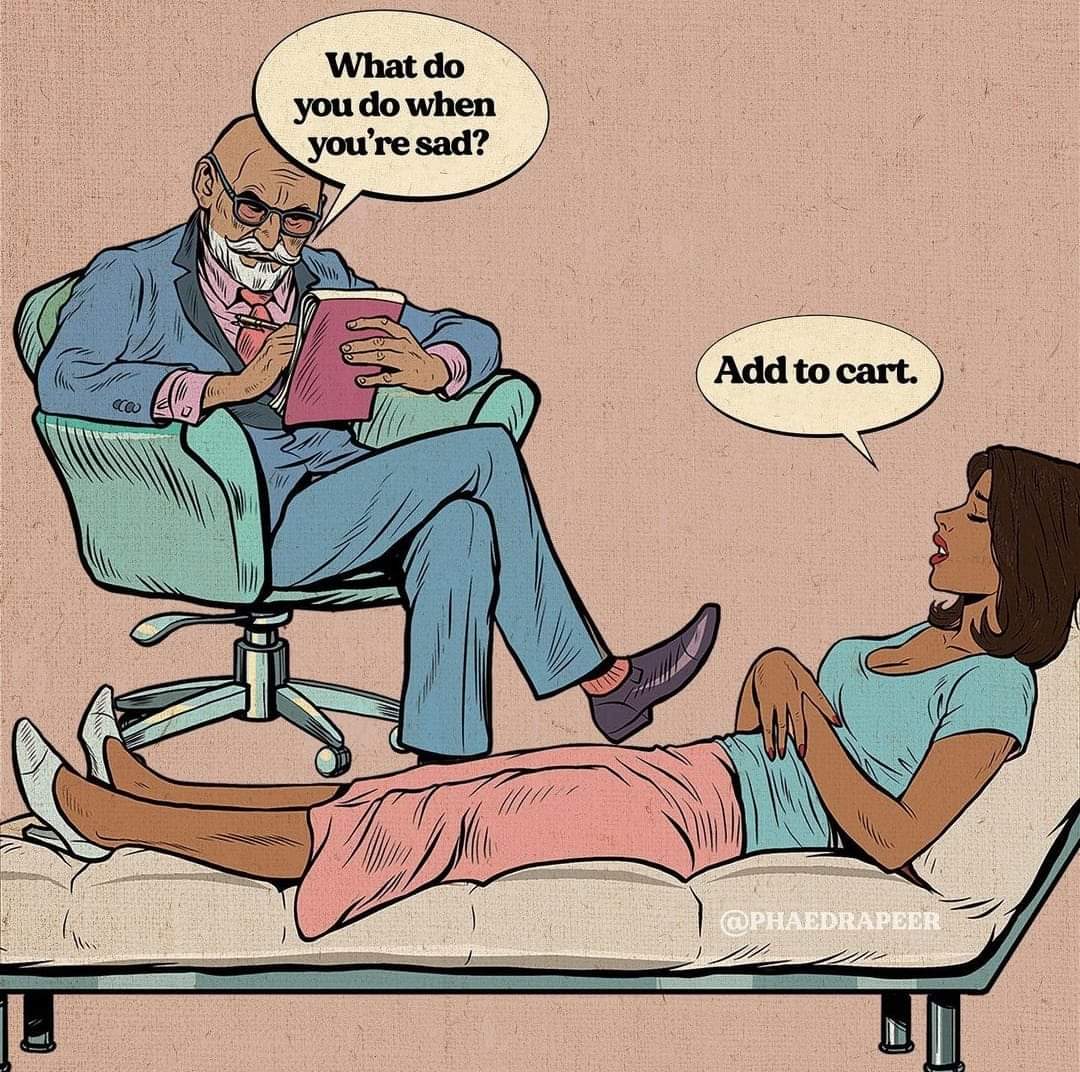The Neurochemistry of Shopping or Why Few are addicted to Shopping all the time (Spendthrifts) and why every one likes shopping once in a while (except misers)
Let us See How Shopping makes you happy and Why some spend more in shopping and land up in debt while others are stingy
-oOo-
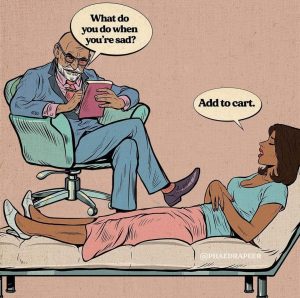 Shopping means getting possession of a new article
Shopping means getting possession of a new article
From Time Immemorial humans wanted possessions.
So
When you are going to get a New Article your brain is going to be happy
And
When it is something which you are going to use everyday, the happiness is even more
Your Brain is a complex Structure and has lots of parts
For Today’s topic of interest, let us focus on three areas
- Nucleus Accumbens
- Insula
- Pre Frontal Cortex
-oOo-
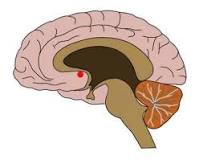
The nucleus accumbens is a region in the basal forebrain rostral to the preoptic area of the hypothalamus and is one of the reward centres of the brain.
It is active when the individual feels pleasure. In the 1950s, James Olds and Peter Milner implanted electrodes into the septal area of the rat and found that the rat chose to press a lever which stimulated it. It continued to prefer this even over stopping to eat or drink.
Coming Back to our topic, Shopping is Buying things and that is getting something for you and this is a pleasurable activity. Hence When you plan to buy something or when you buy something, this area of the brain is more active.
-oOo-
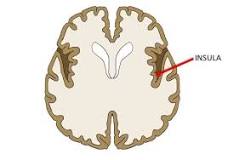
The Next Area of interest is Insula. it is located deep inside the brain in between frontal lobes and temporal lobes. It has many functions. The insulae are believed to be involved in consciousness and play a role in diverse functions usually linked to emotion or the regulation of the body’s homeostasis. These functions include compassion and empathy, perception, motor control, self-awareness, cognitive functioning, and interpersonal experience. In relation to these, it is involved in psychopathology.
The functions of interest to us is its role in pain experience and the experience of a number of basic emotions, including anger, fear, disgust, happiness, and sadness.
-oOo-
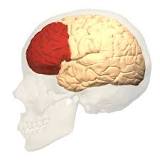
The Third Area of Interest is the Prefrontal Cortex. This brain region has been implicated in planning complex cognitive behavior, personality expression, decision making, and moderating social behaviour.
The most typical psychological term for functions carried out by the prefrontal cortex area is executive function. Executive function relates to abilities to differentiate among conflicting thoughts, determine good and bad, better and best, same and different, future consequences of current activities, working toward a defined goal, prediction of outcomes, expectation based on actions, and social “control” (the ability to suppress urges that, if not suppressed, could lead to socially unacceptable outcomes).
Frontal cortex supports concrete rule learning. More anterior regions along the rostro-caudal axis of frontal cortex support rule learning at higher levels of abstraction
-oOo-
Now Let us see what happens when you see an iMac or Blackberry or a Large Screen TV or a Car or a Dress. Upon Seeing it you want to buy it and “have possession of it” This is a pleasant feeling and your Nucleus Accumbens gets activated. Simultaneously, your Prefrontal Lobe calculates the cost of the iMac / Blackberry / Car / Dress and gives the information that “When you get this new object, you need to give money (from purse or bank account)” While Getting things is a pleasurable activity, giving away things (money from purse or account) is a painful activity. Immediately Your Insula activates upon the pain for losing money.
So
Nucleus Accumbens shouts, pleades, smiles, nudges on one side while Insula gets angry, cries, shouts, blames on the other side and your prefrontal cortex is the judge (aka Nattamai) between these two
-oOo-

Now comes the most important point. Most People have a good prefrontal cortex. This Prefrontal Cortex does complex Calculations. It first asks whether the object is really needed and whether there will be recurring expenses (eg Petrol and Service for Car) with this. It then finds whether there is enough money left in purse or bank after buying it. And when Everything is OK, it says “Go Ahead” and Subdues the Insula and Nucleus Accumbens is more active for the next few hours to days to even weeks and the person is happy and elated. This is how Shopping makes one happy and gives a pleasant feeling.

Suppose the Object is really not needed or if there is not enough money with the individual, Prefrontal Cortex asks to Stop and subdues the nucleus Accumbens and the individual is a bit sad for minutes to hours to days to weeks depending on the individual.
-oOo-

Weak Prefrontal Cortex leads to Insula or Nucleus Accumbens having Upper hand
But some people do not have a good prefrontal cortex. That is the nattamai here is unable to exert his force and one of the parties coming for panchayat is able to confuse the nattamai and get away with his strength
So, what happens when the individual’s Prefrontal Cortex is Weak. In this case, either the Nucleus Accumbens or the Insula takes upper hand (depending on which is inherently stronger)

- In a person with weak prefrontal cortex, if the Nucleus Accumbens is inherently Stronger, the individual is unable to control his / her spending. He goes on buying more – can be even impulsive buying – and even buys with loans and credit cards and even buys things for which he has rare or infrequent usage. These people end up as Spendthrift
- In a person with weak prefrontal cortex, if the Insula is inherently stronger, the individual does not even spend for essential items and ends up as a Miser. A Son asked his father “Dad, who is a miser”. Dad replied “one who does not show money to his family”. Son Asked “Dad, what is money” . . . .. This dad probably had over acting insula with weak prefrontal cortex and weak nucleus accumbens
-oOo-
NB
- The article is from a class I took to students recently. The Title can be (1) Neurochemistry of Shopping (2) Physiology of Spendthrift and Misers (3) Psychology of Addiction and Impulsive Buying. However the best title is “Use of Cinema to keep young medicos engaged during Post Lunch Classes”
- I have over simplified the functions of the lobes. Happiness or for that matter any emotion is handled by multiple areas and Insula or for that matter any area has multiple Functions.
